Meyers is executive editor of The Fulcrum.
It’s common knowledge among the politically engaged that the presidential election is going to come down to a handful of states. The same goes for control of the Senate, while just a couple dozen districts will determine which party wins a majority in the House of Representatives.
But which voters will decide the winner in each of those states and districts? While there may not be one, across-the-board answer, researchers at Tufts University have identified the places where young voters (ages 18-29) can have the most influence on electoral outcomes this year.
“Young people can be decisive in states that decide the election,” Kelly Siegel-Stechler, a senior researcher for the Center for Information & Research on Civic Learning and Engagement at Tufts’ Tisch College, said during a recent briefing. “Youth can have an impact across the country, from Maine to Alaska, and really have the potential to shape politics.”
According to CIRCLE’s research, 57 percent of people ages 18-34 said they are “extremely likely” to vote this year, and they are more likely to vote for Democratic candidates (+21 points).
CIRCLE’s Youth Electoral Significance Index is designed to help campaigns and other organizations identify where to expend resources to drive voter turnout and civic engagement among young adults.
Young voters set a high benchmark for in 2020, when 50 percent of people 18-29 cast a ballot, according to CIRCLE. Estimates for 2022 show that 23 percent participated in the midterm elections, 5 points below the highwater mark set in 2018.
“They want to vote and they want to effect change,” said Alberto Medina, CIRCLE’s communications team lead.
He explained that the top issues for young voters are: the cost of living and inflation, jobs that pay a living wage, addressing climate change, preventing gun violence and expanding abortion access.
“If you understand their concerns … that can be a really positive first step,” Medina said.
So, where can young voters have the biggest impact? CIRCLE looked at voter registration and past turnout data, demographic and socioeconomic information, and electoral competition.
Presidential election
Not surprisingly, all seven of the presidential swing states are in the top 10 of where young voters can have the most influence, including the top five spots.
Young voters can have the most influence on the presidential election in Michigan, where Vice President Kamala Harris holds a narrow lead over former President Donald Trump. According to CIRCLE, Michigan had the highest turnout among youth voters in 2022 (36 percent) and is among the leaders in youth voter registration. In addition, young voters in Michigan often support different candidates than older voters, so if they come out in droves they could swing the results.
Wisconsin is second on the list, based more on potential than past turnout data, compared to other states. Wisconsin was decided by about 20,000 votes in 2020, and Harris had a very narrow lead heading into October. But Wisconsin has a low rate of youth voter registration, and turnout data was not available.
With same-day voter registration and no-excuse absentee voting (meaning voters can request a mail-in ballot for any reason), there’s potential for youth participation to surge by election day. In a state where, like Michigan, young voters have a tendency to support different candidates than older voters, that could make a big difference.
Young voters can have the third biggest impact in Pennsylvania, according to CIRCLE, where they turned out at the sixth highest rate in 2020. The state makes it far easier to vote than many others by offering tools like automatic and online voter registration as well no-excuse absentee voting. But, the researchers note, Pennsylvania does not have as many nonprofits focused on voter education and engagements as other states. President Joe Biden won the state by 1.2 percentage points in 2020, and Harris leads by about half a percentage point right now.
Rounding out the top 10: Arizona, Nevada, Minnesota, Georgia, New Hampshire, North Carolina and Virginia.
Senate elections
While Trump leads by more than 15 points in Montana, the Senate race between Sen. Jon Tester (D) and Tim Sheehy (R) is much closer. The state has a low rate of youth voter registration, but a high turnout rate (second highest among youth in 2018). So if young people take advantage of Montana’s same-day voter registration and no-excuse absentee voting, the race could get even closer, placing it atop the list of states where young voters can influence Senate elections.
Similarly, the Senate race is much closer than the presidential contest in Ohio, where Sen. Sherrod Brown (D) leads Bernie Moreno (R) by 4 points in the latest poll. (Trump leads Harris by 9 points.) Ohio has a very high youth voter registration rate but just-below-average youth voter turnout. Voter participation may hinge on whether the campaigns and other organizations work hard to get young people to the polls.
Next on this list is Michigan, which leads the nation in youth voter registration (36 percent in 2022) and also has very high youth voter turnout. As CIRCLE notes, Michigan does more to make it easy to vote than most states, offering automatic and online voter registration, as well as same-day registration. Rep. Elissa Slotkin (D) is leading Rep. Mike Rogers (R) by about 5 points, but the presidential race is much tighter.
The rest of the top 10: Nevada, Wisconsin, Arizona, Pennsylvania, Maryland, Texas and Maine.
House elections
The open-seat race to replace Slotkin in Michigan’s 7th district, featuring Tom Barrett (R) faces Curtis Hertel Jr. (D), is among the 24 tossup House elections identified by the nonpartisan Cook Political Report. According to CIRCLE, young adults make up a higher percentage of the population in the 7th compared to most congressional districts and, at 36 percent turnout in 2022, it had one of the highest participation rates for youth voters. Barrett leads by 7 points in a district that Slotkin (a Democrat) won by 5.4 points in 2022 and 3.6 points in 2020.
The Oregon 5th district has among the highest youth voter registration and turnout rates in the country (more than three-quarters are registered and 40 percent voted in 2022, according to CIRCLE), although they are a small share of the population. Oregon is among the states where it is easiest to vote. It mails ballots to every registered voter and offers numerous voter registration options. Rep. Lori Chavez-DeRemer (R) has a two-point lead over Democrat Janelle Bynum. Chavez-DeDeremer won by 2.1 points in 2022 after the incumbent, Rep. Kurt Schrader), lost in the Democratic primary. That broke a Democratic stranglehold on the seat.
Oregon’s neighbor to the north also mails ballots to all registered voters and offers multiple voter registrations options, making it very easy for young, transient voters to participate. The tight race in Washington’s 3rd district is third on CIRCLE’s list of House races where young voters can have an impact. With above-average youth voter turnout and registration rates, under-30 voters may decide the race between Rep. Marie Gluesenkamp Perez (D) and Joe Kent (R), where the incumbent leads by less than 5 points. She beat Kent when by less than 2,700 votes when they faced off in 2022.
The remainder of the top 10 House races: California 27th, Colorado 8th, Michigan 8th, New Jersey 7th, California 13th, Ohio 13th and California 47th.





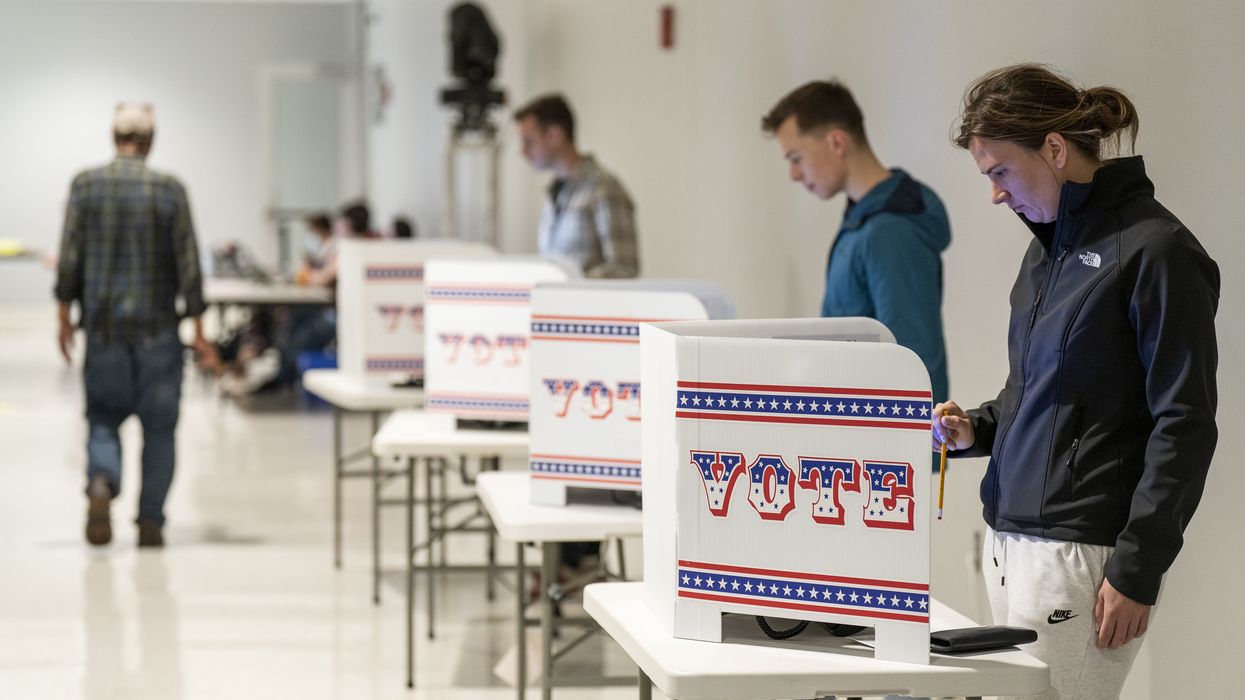




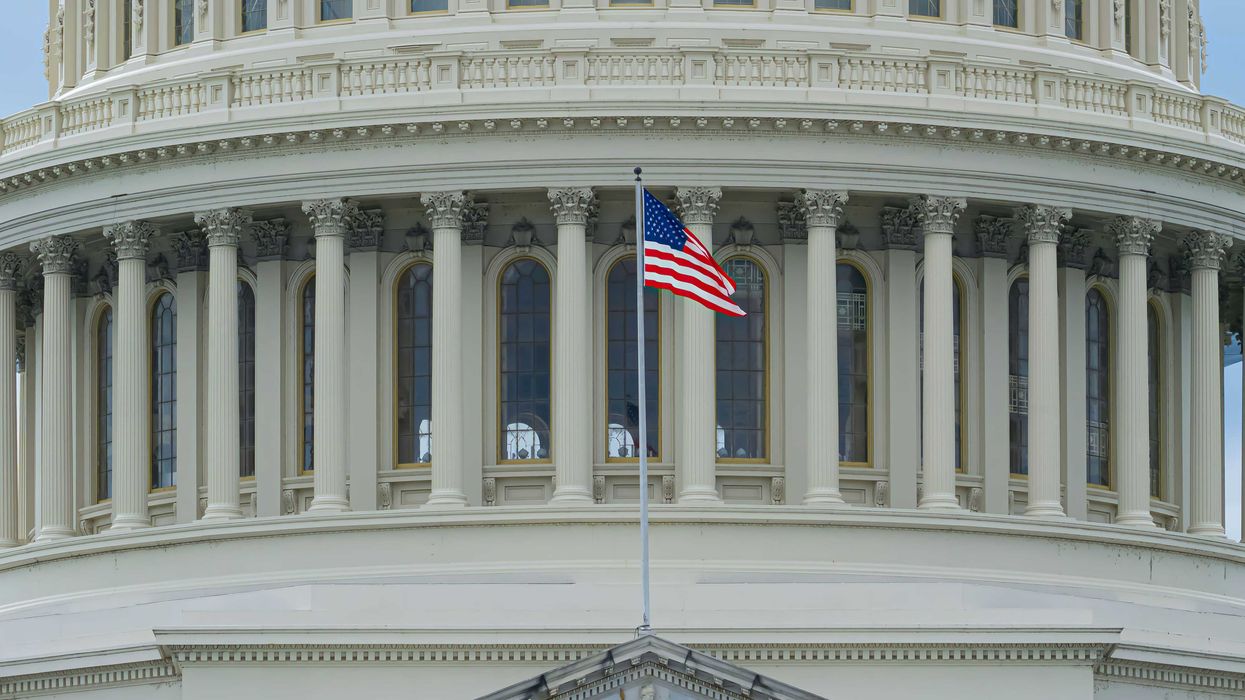
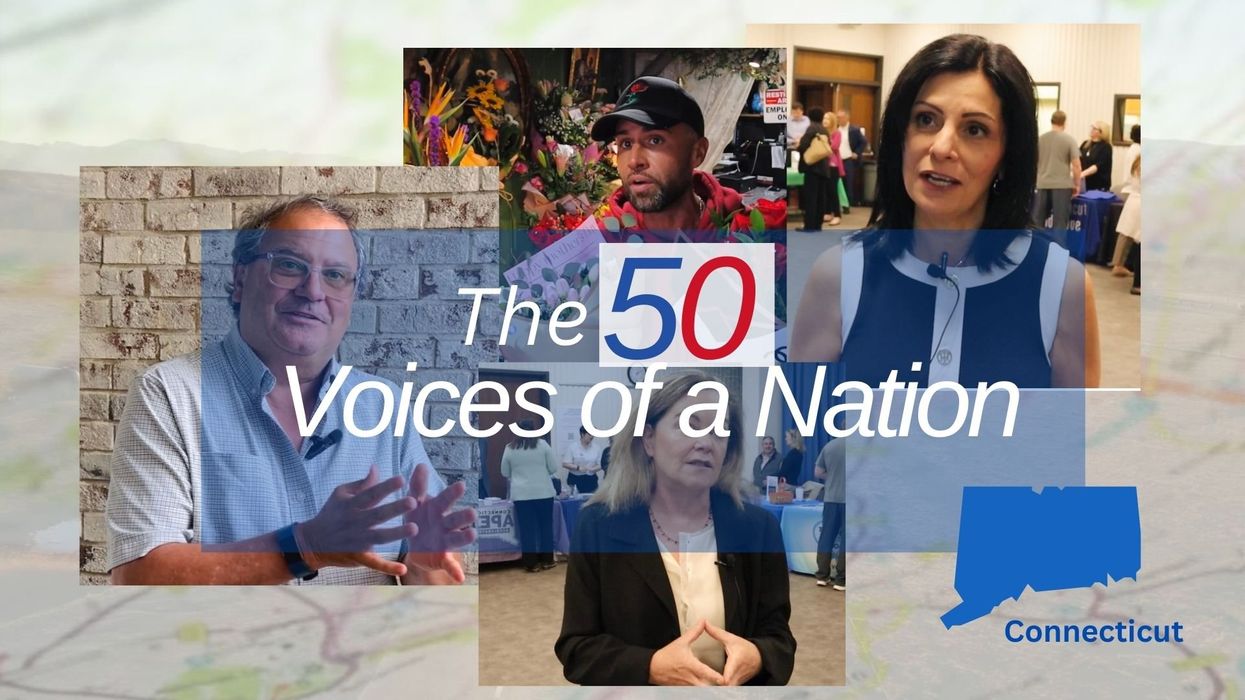






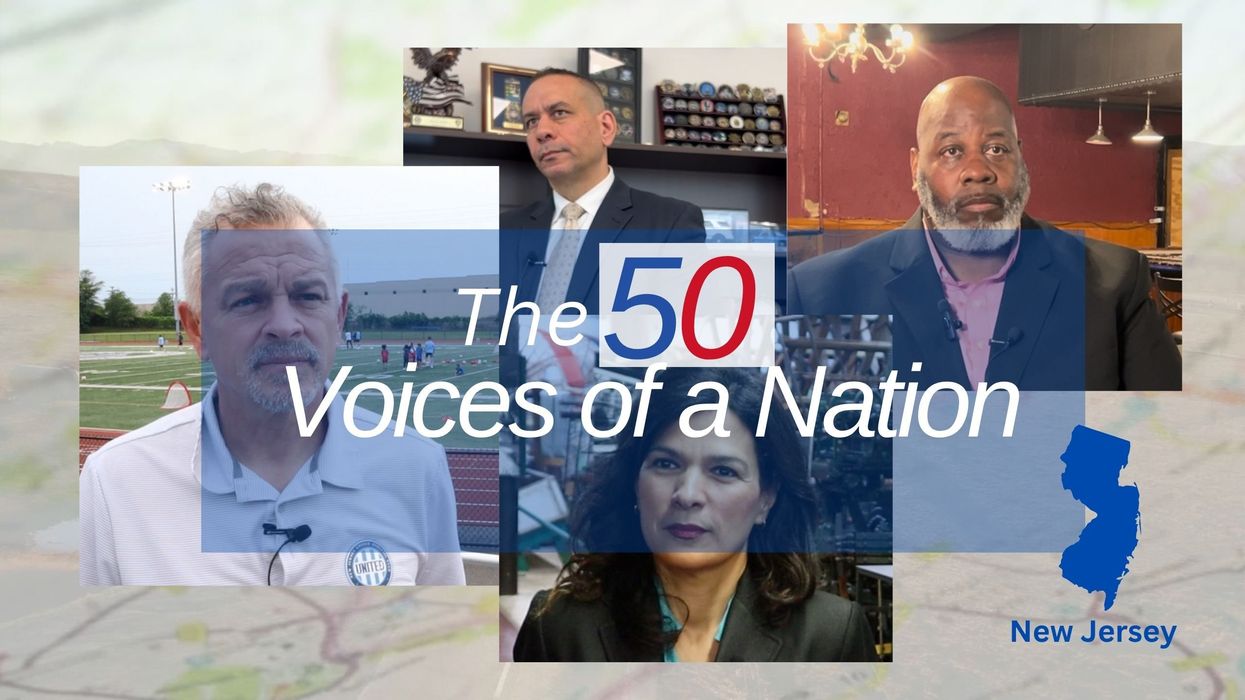

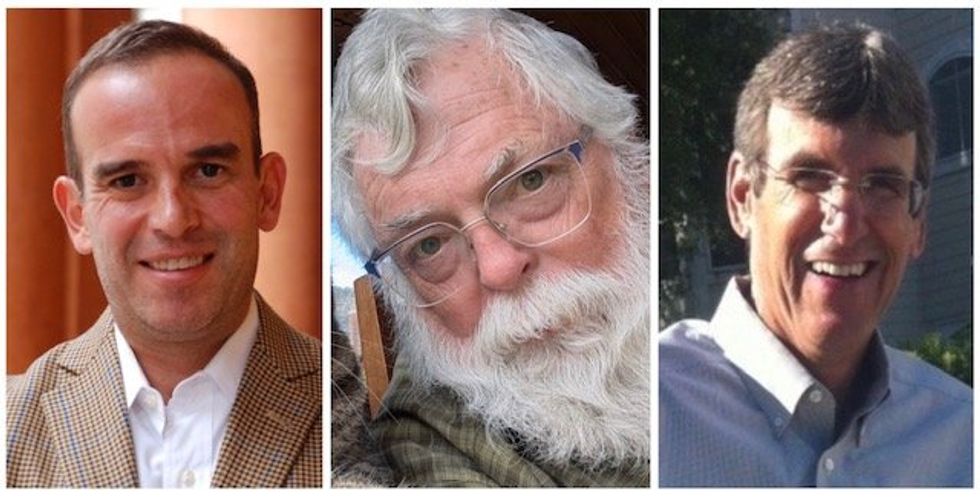 From left to right: Gabriel Cardona-Fox, Bud Branch, Joe Concienne
From left to right: Gabriel Cardona-Fox, Bud Branch, Joe Concienne 